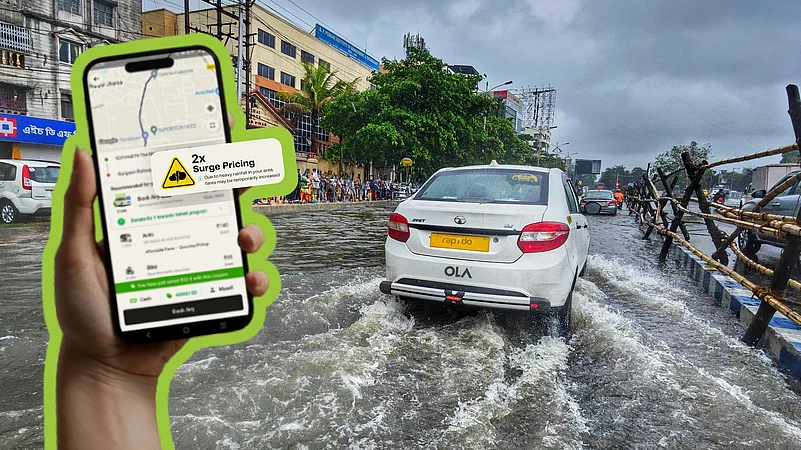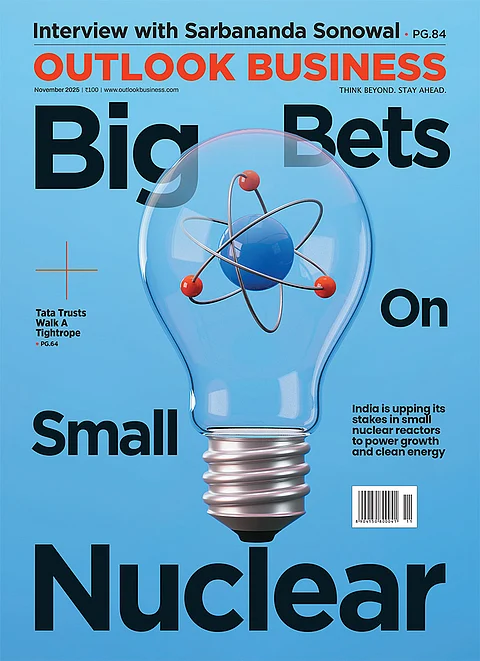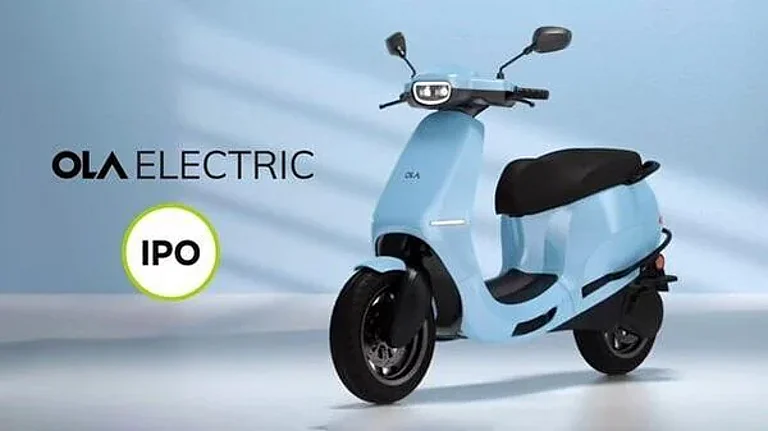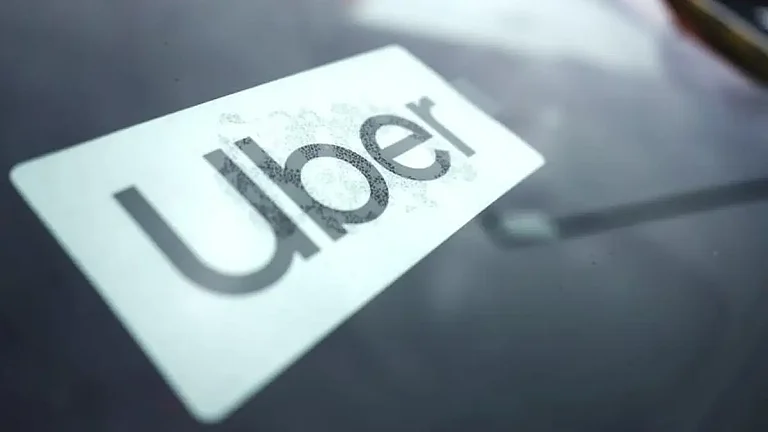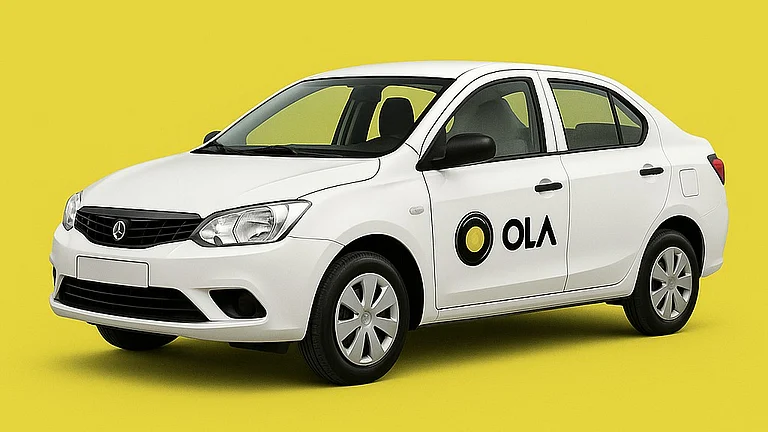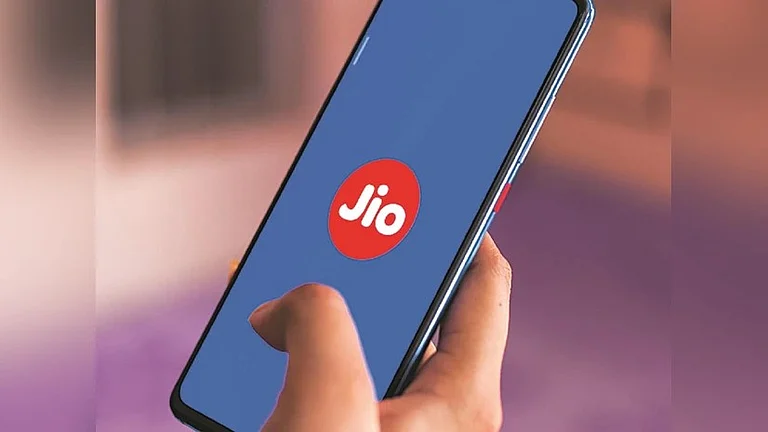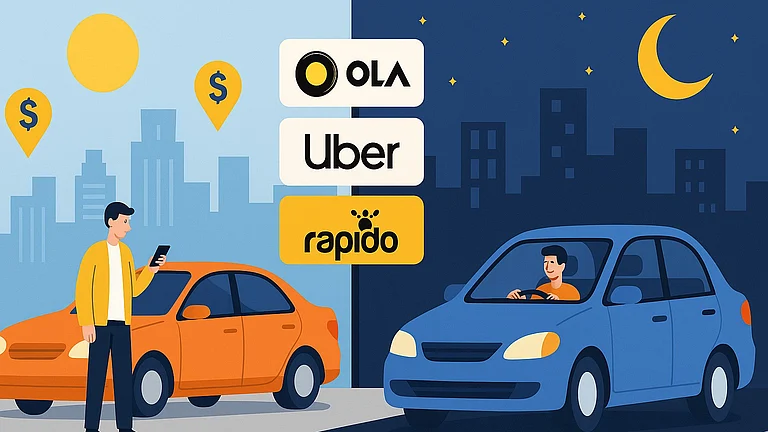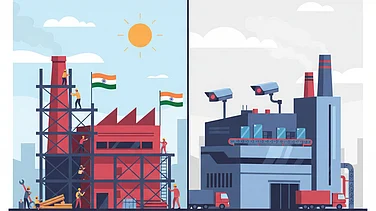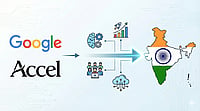It’s 7 pm on a rainy Thursday in Delhi! The national capital is flooded with rain water; traffic is crawling, and thousands of office-goers are eager to get home safely. Suddenly, 3,000 people in a 3-kilometre radius open their ride-hailing apps like Ola, Uber and Rapido to book a cab home.
But there are only 600 drivers nearby. The platform’s algorithm detects this spike in demand and triggers a 2x or 3x surge multiplier. This means a ₹200 ride now shows up as ₹400 or ₹500. For some users, the price is too high and they drop off, which slightly cools off the demand.
At the same time, idle drivers 3-4 kilometres away see a chance to earn more and move toward the high-demand zone – supply increases. Eventually, the system rebalances.
It is chaos for users, but in reality, it’s a calculated move called “surge pricing” or “dynamic pricing”. The core economics is simple here: increase prices when demand exceeds supply, so that more supply is drawn in, and excess demand is filtered out.
In short, this is just a “demand and supply” game which helps maintains service availability during peak pressure without overwhelming the platform.
Even though rainfall might be the most visible situation when surge pricing works best, there are other incidents too. Surge pricing is implemented during events, weekend evenings, strikes, peak office hours, sparse areas with low driver density, or even sudden metro delays, according to Himanshu Gupta, founder of Lawyered, a tech platform that helps commercial and private vehicle owners tackle on-road legal issues.
Take Samiksha Gulati, for instance. Just last week, she had to attend a meeting, which was scheduled for 10 am. She chose to book a cab, but surprisingly, she found that the usual fare of ₹300 to her office had jumped to ₹800 for the same distance.
“I was shocked at the higher-than-standard fare; there was neither traffic nor weather disruption, and it was a normal day after all, so I was unclear why this fare wasn't lower. This ambiguity regarding fare increases is frustrating,” she told Outlook Business.
She says that surge pricing feels like a penalty for travelling at the wrong time, while asking what commuters are paying for and why.

What Feeds the Surge Price Beast?
Surge pricing algorithms are powered by real-time, geo-specific data inputs that allow platforms to adjust prices dynamically across micro-markets – sometimes at a resolution as narrow as a few hundred meters.
“Platforms use internal analytics to monitor cancellation rates, which often spike to over 25% during high surge, booking abandonment, and app uninstalls,” said Aryaman Tandon, Managing Partner, Mobility, Energy and Transportation at Praxis Global Alliance.
And for short-distance trips, Tandon says a fare increase from ₹100 to ₹180 can reduce bookings by 35-50% on the basis of internal benchmarks shared in industry media.
Companies’ segment fare sensitivity by geography and user history. For example, daily commuters in Gurugram behave differently from occasional riders in Pune—allowing them to fine-tune pricing to avoid steep volume drops, he added.
Uber, on its website, explained how the ride hailing platform calculates the price surge. “When prices are surging, a multiplier to standard rates, an additional surge amount, or an upfront fare including the surge amount will be shown on your offer card. This will vary depending on your city,” it says.
It clarified that Uber’s service fee percentage does not change during surge pricing because rates are updated based on the demand in real-time, surge can change quickly. “It is also specified to different areas in a city, so some neighbourhoods may have surge pricing at the same time that others do not”.

Does this Maths Actually Add Up?
Bharath Rao, founder and CEO of EMobi believes that surge pricing doesn’t really solve demand; it’s more about addressing the supply side and bringing idle or distant drivers to the company.
“Earlier, drivers used to receive bonuses, and other incentives tied to ride targets. Once they went away, a lot of them exited the platforms because ride-hailing platforms became unsustainable for them due to reduced earnings and long working hours,” he said.
Hence, surge pricing offers an opportunity to bring them back by increasing their potential income. And on top of that, they have a better earning opportunity due to zero commission models, under which they don’t need to pay any commission to the company – except fixed amount per day or annually.
But while surge pricing can raise driver earnings by 30-60% per trip and improve platform margins by up to 30% during peak hours as per industry estimates, Tandon notes that the actual burden shifts to price-sensitive users.
“These higher prices disproportionately affect users earning below ₹25,000/month, who form over 60% of the urban daily wage workforce and are highly fare-sensitive,” he said, while noting that the central government has officially permitted cab drivers to charge 2x during peak hours.
This has raised concerns among industry experts, who believe that the decision may further widen the mobility gap and leave commuters even more frustrated. Considering the ride-hailing fares have risen by 15–20% over the last three years, outpacing inflation for low-income urban consumers, the app-based mobility may become inaccessible to lower-income groups.
“India’s ride-hailing landscape may continue shifting toward affluent users, leaving others with crowded buses or inconsistent auto services,” Tandon believes.
In short, it will turn app-based rides into a luxury rather than convenience. It has only increased users’ frustration over the time, and they are now looking for a quiet shift toward more affordable alternatives.
Is Surge Pricing Driving Passengers Away?
In cities like Delhi, Mumbai, and Bengaluru, where metro networks serve nearly 2-6 million passengers daily, even a ₹30–50 difference in fare can prompt users to switch from cabs to metros. According to a 2022 survey by the Centre for Science and Environment, over 40% of urban commuter said they avoid app-based cabs during surge pricing periods.
Informal carpools (via WhatsApp or office groups) are especially popular among students and office-goers, who form 30-40% of ride-hailing users in these cities. “Customers still have the power of choice. If someone isn’t happy with surge pricing, they’ll travel later or choose a different mode of transport,” Rao notes.
Even shuttle platforms like Uber, Shuttl and Cityflow are increasingly filling that gap as they offer air-conditioned buses with reserved seating, fixed timings, and transparent pricing, which is far cheaper than cab rides. As per official data, more than 4.3 lakh commuters tried Uber Shuttl for the first time in 2024.
On the other hand, a private shuttle service provider, Cityflo has registered approximately 3.2 lakh new users in the past one year, according to cofounder and CEO, Jerin Venad. Currently, it is serving around 55,000 monthly active commuters, with year-on-year ride growth of 27% in FY24, and 53% in FY25.
“We have seen increased demand for shuttle service due to cab-related frustration, especially with surge pricing. There is a huge appetite for a fixed-price, reliable, and comfortable commute options,” said Venad.
Is There Room for a Fairer Game?
The recent move by the government to legalise surge pricing has deeper implications for commuter trust and transparency. As Rao points out that the platforms were already applying dynamic pricing, but the government’s notification can trigger a psychological shift in user perception.
Now, frustration may no longer be aimed at individual platforms but also at regulators seen as endorsing a move that is being seen as “exploitative” by many users.
The complexity doesn’t end here – the ride-hailing apps even ask for tips on top of surge pricing. When users are prompted to pay more just to get matched faster during already inflated fare windows, it creates a perception of being doubly penalised.
“What’s more frustrating is that peak hours seem to have no logic anymore. It feels like pricing is now based more on whims than actual demand,” said Tanni Mandal, who also faced similar issue when booking cabs.
However, Rao trusts that the market will correct itself. If prices become unsustainable, users will drop off, supply will adjust, and equilibrium will return,” he said.
Additionally, the current scenario also highlights a lack of transparency in the ride-hailing ecosystem. If users can’t see the surge multiplier on the base fare clearly, that raises concerns over how much more a commuter is paying than the actual fare. Hence, industry experts have called for visible breakdowns into base fare, surge amount, and discounts.
“The solution lies in transparency. Show the base fare. If there’s a surge, show the extra charge. And if demand is low, show discounts,” Venad suggested.
And if customers feel overcharged, they’ll switch platforms. This can open opportunities for competitors like Rapido which has comparatively lesser fares. They also suggested the old taxi-style system, where drivers and customers negotiate fares directly to remove the surge pricing altogether.
It would be interesting to see how platforms and even government respond to growing calls for transparency, and affordable cab rides in India.






